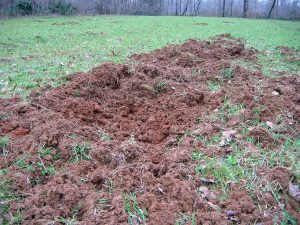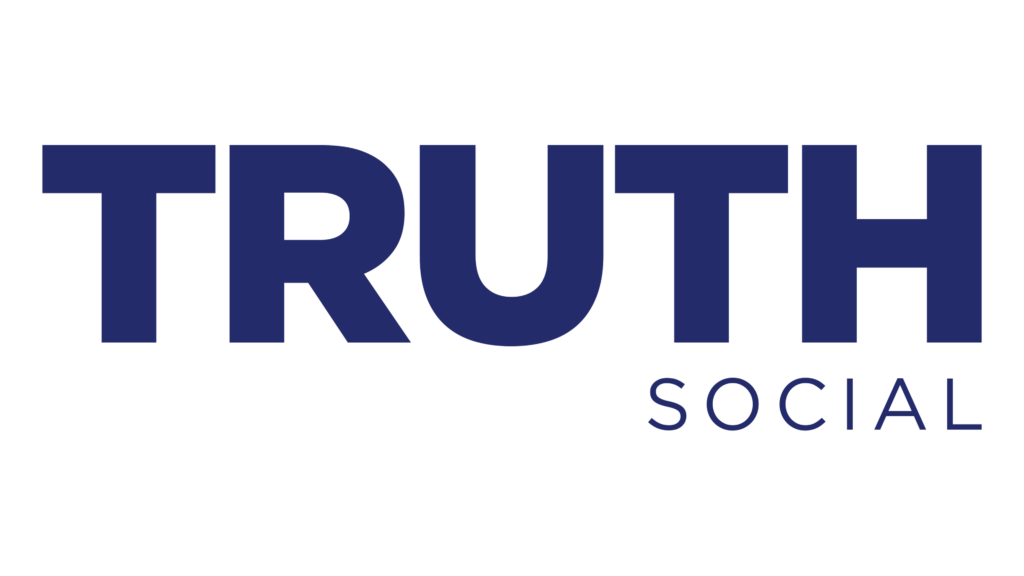As the Forever Wild Land Trust prepares for its first meeting of the year on February 1 in Montgomery, the FWLT Board of Directors will spend up to $1 million to strengthen existing efforts. The focus will be on the initiative adopted at the last meeting in 2023. Reduce the impact of feral pig populations.
A number of landowners from Alabama and other states in the Southeast are scheduled to testify about their ongoing struggles with feral hog populations. These nuisance feral hog populations are found in all 67 counties in Alabama.
The Alabama Department of Conservation and Natural Resources' Division of State Lands, which manages the Forever Wild Program, and ADCNR's Division of Wildlife and Freshwater Fisheries are in a constant battle to control feral hog populations on the properties they manage.

Because there is no way to eradicate the feral pig population, ADCNR staff spends significant time and money trying to reduce the feral pig population on ADCNR and Forever Wild properties. Some of these properties have adjacent lots.
State Lands Director Patty McCurdy said the board passed a motion at its November meeting authorizing the use of up to $1 million in management funds to combat feral hogs.
“The motion passed to consider additional practices available to efficiently and effectively mitigate known populations, as well as continue efforts to monitor the emergence of new nuisance populations, and ultimately have been directed to use the funds wisely,” McCurdy said. “While management efforts across Forever Wild's and the Department's farms are extensive and ongoing, we are not aware of how prevalent and destructive feral pig populations are on private land. We are just as dissatisfied as the owners.”
These efforts successfully removed more than 5,800 feral pigs from ADCNR and Forever Wild properties from 2019 to 2023. During the same period, the hunter reported that he captured more than 465 wild hogs.
“This is an ongoing struggle that every private landowner in Alabama is experiencing, and we are no different,” McCurdy said. “The board wanted to further shine a spotlight on this difficult issue and focus on specific initiatives this year. Forever Wild board members identified needs and sought to strengthen the district. Last year, the Board of Directors adopted initiatives aimed at enhancing public access to all of Forever Wild's assets.”
According to the U.S. Department of Agriculture, feral hogs cause more than $1.5 billion in damage each year to property, agricultural interests (crops and livestock), native wildlife and ecosystems, and cultural and historic resources. It is estimated that feral hogs cause $50 million in damage annually in Alabama.
“Harm comes in many forms,” McCurdy said. “On our properties, basic ground disturbance often creates problems for wildlife habitat and recreation. can cause problems in areas of the earth. Impacts to the ground as well as habitat are ongoing and difficult to reverse. As with cogongrass, you may want to consider permanent mitigation. Like private landowners, we have to be prepared for the long haul.”
Jimmy Parnell, president and CEO of the Alabama Farmers Federation, introduced the feral hog motion after hearing feedback from voters.
“What we're hearing from producers and farmers across the state is that they see Forever Wild Land as an incubator for wild pigs,” Parnell said. “They said they were trapping their land and their neighbors' land, but the pigs keep coming out of Forever Wild's land. I've been hearing that for quite some time and I think something needs to be done.” I made a motion to spend up to $1 million and asked Forever Wild to put together a plan to find a way to deal with this, which would cost more and more over time. I don't know if you can completely eliminate pigs from the Forever Wild lands, but you can definitely reduce the population.
“Personally, I prefer to use professional trappers and exterminators. I think that's a surefire way to get rid of pigs. We run into this problem with farmers. It's fun for a while. But most people get tired of it after a few weeks. You need people who are not just into the sport of hog hunting, but who are at it every day.”
Purnell expects future Forever Wild budgets to include a feral pig mitigation component.
“I think this is a good start and I'm guessing there will be some appropriation for this every year,” he said. “The funds are there. The funds are there for maintenance. In my opinion, this is to maintain that land.”
“The management of ADCNR and Forever Wild Lands is a top priority for us,” said Chris Blankenship, Commissioner of ADCNR and Chairman of the Forever Wild Lands Trust. “That management includes prescribed fire, habitat enhancement, timber management, removal or mitigation of invasive plants such as cogon grass, and removal of predators and invaders such as feral pigs. Thank you for recognizing this and approving enhanced feral pig control. It is not a one-and-done activity. Reducing pig numbers requires ongoing efforts. .
“One of the additional enhancements we discussed with the board is adding the use of contractor services as a management tool, not only to provide additional headcount, but also to add fresh eyes and a fresh perspective to our business strategy. Start by monitoring for signs of trouble.'' Guide to developing and effectively implementing a comprehensive management plan for emerging nuisance populations. To that end, we are increasing the efforts of our staff in conjunction with the launch of targeted utilization of contractor services. We are grateful for the work our staff has done and continue to do, but we also appreciate the additional resources to combat this issue on our property. ”
Another invasive species that landowners and public land managers must deal with is cogon grass, which McCurdy likens to a feral hog infestation. According to the U.S. Department of Agriculture, cogongrass now infests more than 75 percent of Alabama's counties. This federally regulated noxious weed was introduced to the United States in 1911 as packaging material at the Port of Mobile. According to estimates, losses in cogongrass timber production in Alabama alone amount to more than $7.5 million. ADCNR staff will also continue cogongrass treatment efforts.
WFF wildlife biologist Andrew Green said feral pigs are highly fertile, reaching reproductive potential at six months of age. Each sow can give birth to piglets twice a year.
“The number of pigs you can raise in a short period of time is incredible,” Green said. “All counties are affected, but the areas most affected are the Blackbelt soil region, wiregrass, and coastal plains. It is more prevalent in agricultural areas that grow peanuts, cotton, and corn.”

Green said trapping is currently the most effective way to control feral pig populations. Efforts to use sodium nitrite baits to reduce feral pig populations are still under development, Green said.
“Trapping the entire Sounder (family group) is pretty much the only effective method,” he says. “And it's not for the faint of heart. You have to try. You can't just set traps.
“The most important thing is pre-baiting. The second thing is pre-baiting. No matter what type they are, you have to make sure you catch them and get them used to the trap. You don't have to have a Cadillac or necessarily a poor man's edition. It doesn't have to be. A trap is a trap if it works well. The important thing is that you want all the animals in the sounder. Before you set the trigger, make sure all the pigs that come into the prebait are in the trap. Please make sure you are there.”
WFF provides technical assistance and guidance to landowners regarding feral pig programs. Under the National Resources Conservation Service's Environmental Quality Incentive Program, landowners can receive funding to pay for equipment to process feral hogs.visit www.nrcs.usda.gov/feral-swine-
Alabama residents can purchase a license to hunt wild hogs and coyotes at night for $15 ($51 for non-residents). The season for hunting these animals at night begins at midnight the day after the last day of gun deer season for that zone. The season ends 30 minutes before sunrise on the first day of archery deer season in that zone. There are no bag limits, but you must have a valid resident or non-resident overnight feral hog and coyote hunting license for the year.
“Trapping is the number one means of managing pigs,” Green said. “You can also legally shoot at night outside of deer season. In some cases, you may put enough pressure on the sounders that they will leave your property.”
Do not miss it! Subscribe now Get the top Alabama headlines delivered to your inbox.
















